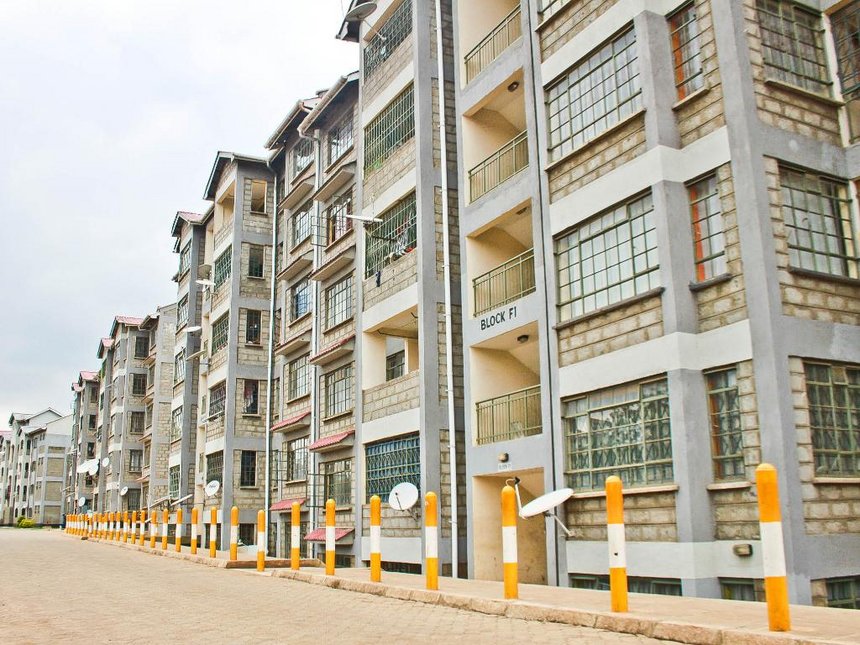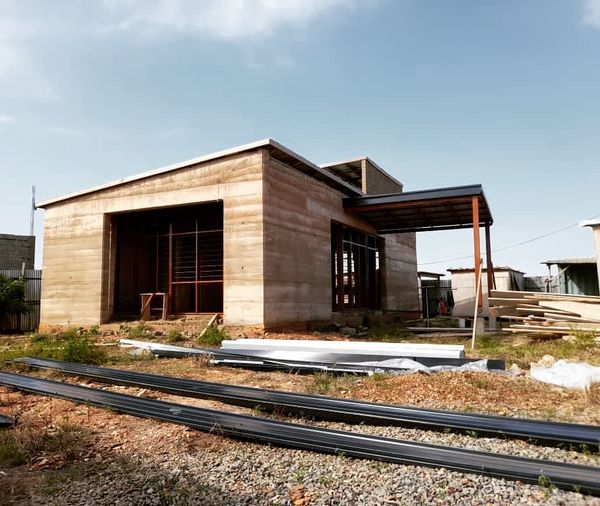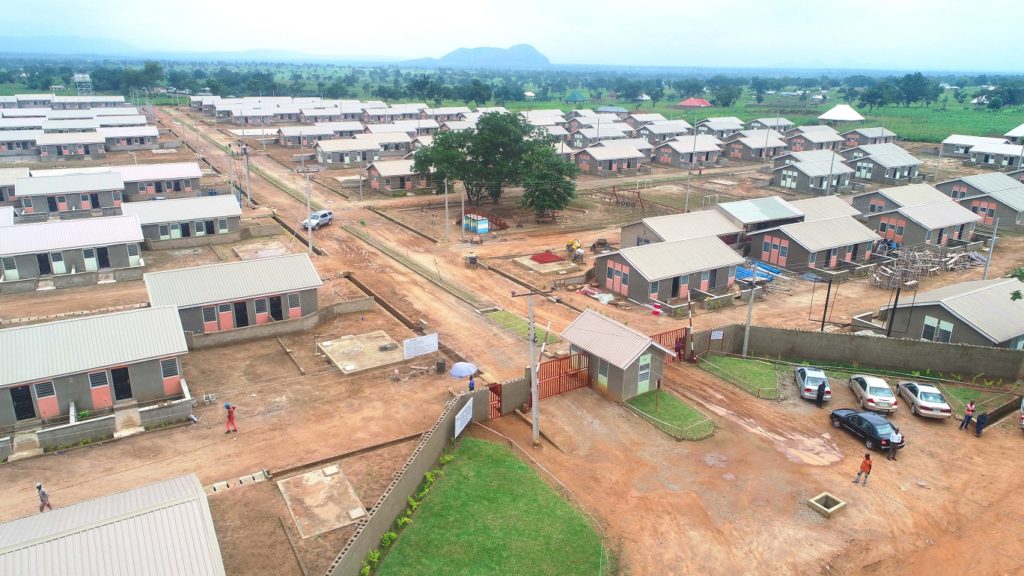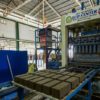According to an article published by the Guardian, the cost of construction in Nigeria has seen an alarming rise by as much as 200% over the last 2 years.
This comes at at a time when Nigeria is going through a cost of living crisis due to a worsening exchange rate amongst other factors. The article states that Nigeria’s inflation rate as of December 2023 climbed to 28.9% due to the effects of petrol subsidy removal and the aformentioned exchange rate crisis, both exerting substantial impacts on consumer prices.

The direct effect of this (particularly the exchange rate) is being felt mostly on imported materials like windows, doors, tiles, plumbing and sanitary fixtrues etc, which represent over 20% of the construction materials in the market. The prices of the local materials, which account for almost 40% of materials in the market, have also been affected by increase in the cost of production and transportation due to the subsidy removal. Put together, this accounts for 60% of materials that go into a given construction project, increasing the overall cost of construction.
Prices of essential building materials such as cement, blocks, doors, reinforcement rods, sand, timber, paints, roofing sheets, glass and tiles have risen by over 75% in the last 12 months to as high as 100- 200 per cent over the last two years.
| ITEM | PREVIOUS RATE | NEW RATE |
| Cement | N4700 / bag | N6500 – N9500 / bag (depending on location) |
| 9 inch Blocks | N450 | N550 |
| 6 inch Blocks | N370 | N500 |
| Steel Rebar 8mm | N225 000 / tonne | N518 000 / tonne |
| Steel Rebar 10mm | N422 000 / tonne | N520 000 / tonne |
| Steel Rebar 12-16mm | N446 000 / tonne | N515 000 / tonne |
| Steel Rebar 20-25mm | N442 000 / tonne | N530 000 / tonne |
| Labour | N3000 – N4000 / day | N6000 – N8000 / day |
| Paint (20 liters) | N8000 (average rate for generic brand) | N11000 – N45000 (depending on the brand) |
The development has made it difficult for property developers and contractors to deliver affordable housing for over 75 per cent of Nigerians, who lack access to desirable, dignified accommodation. Experts say cost of construction will continue to rise, except the Federal Government intervenes in the sector through deliberate policies to lower costs of construction.
Without economic re-engineering, the cost of construction will continue to rise, as the country is import-dependent for major components of construction materials. The government must allow a special discretionary exchange rate for imported materials, grant tax relief for construction companies and encourage use of local materials….
Mr. Segun Ajanlekoko, The President, Commonwealth Association of Surveyors and Land Economy (CASLE)
The naira has nose-dived beyond any record in history. And most of the building materials are imported, which are usually imported with foreign currency. Secondly, the cost of transporting materials has skyrocketed because of the increase in the pump price of petroleum products under the claim of removal of petroleum subsidy. The prices of these products go up almost every week. These and other factors such as the cost of labour have generated high multiplier effects on the cost of construction. We are working on a building whose burglary proofing materials were estimated at N3 million by May 2023 but by December 2023, a revised quote took it above N11 million. It was unbelievable though real. I am sure the price must have gone higher by now.
Nathaniel Atebije, The President, Nigerian Institute of Quantity Surveyors (NITP)
The average cost of building materials rose by 35.75 per cent in the first half of 2022 compared to the same period in 2021. It has been consistently rising since then and we can put a range of 100 – 200 per cent increase across board in the last two years. This varies from one material to the other, and from one place to the other, affected by local forces like nearness to the sources of the materials.
Omobolaji Adeniyi, The Nigerian Institute of Architects (NIA) President.
So what can be done to alleviate his current increase? Three key suggestions have been put forth.
Limit Bureacracy, Offer Incentives
Experts suggest the government should drastically reduce bureaucratic bottlenecks between project conception and construction. Line items like building approval processes most especially for affordable housing projects and critical infrastructure projects should be fast-tracked with minimal cost. Also, offering a discretionary exchange rate for vital imported materials as well as other financial intermediation could reduce the overall cost of construction and boost both employment and GDP rates.

Develop Local Materials and Competence
Funding of research and development in alternative materials and construction methodologies. Most especially locally sourced and produced building materials. There’s a need to strengthen the relevant institutions and encourage the use of these materials. Access to land and affordable capital can boost the adoption of this.

With regards to manpower and skills, there would be a need to minimise the engagement of foreign professionals and contractors in the construction industry. A focus on knowledge exchange should be the basis for such engagements in scenarios where theres a skill gap with indigenous professionals. Where such a gap doesn’t exist, indigenous professionals and contractors of proven competence and integrity should be the preference.
Tax Waivers and Low Cost Capital
Lowering the import duties for vital construction materials, tools and equipment, as well as tax waivers or tax relief for construction firms would go a long way to reduce overall cost. Capital with single digit interest rates would aid also in reducing cost and allowing for speedy project delivery and economic growth.

What other approaches do you think can help in reducing the overall cost of construction. Please let us know in the comments.
Would you like to publish your articles? GET STARTED HERE








